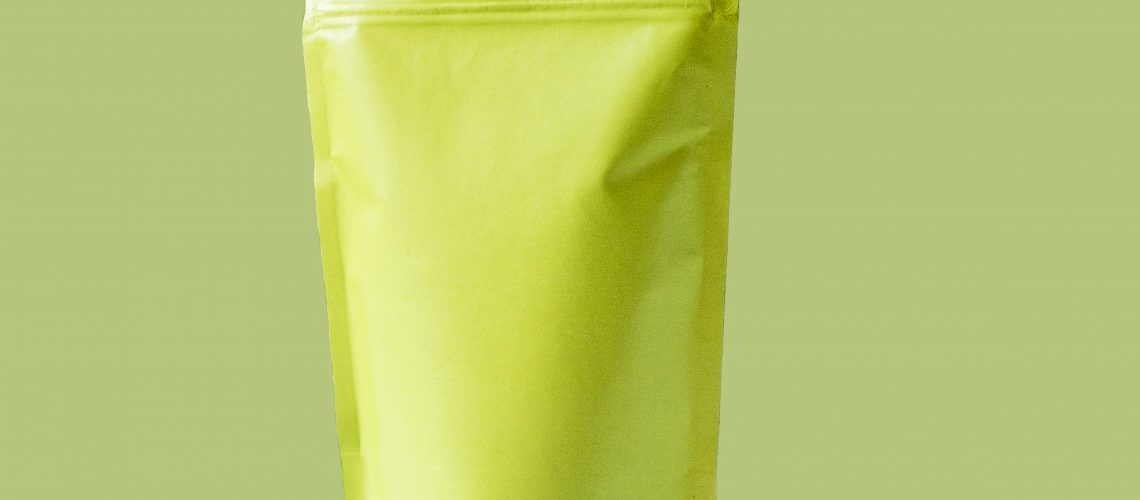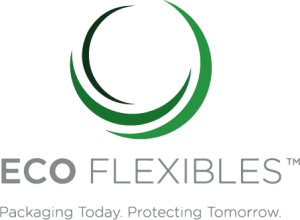The drive for greener and more sustainable packaging has never been stronger. As consumers increasingly choose brands on their environmental credentials, there has been a marked shift in how packaging is created from concept to delivery.
One of the most significant discussions around packaging sustainability today is recyclability. This is particularly important with the incoming UK Plastic Packaging Tax, which encourages the use of recycled plastic (PCR) in packaging manufacturing.
To make the tax effective, it’s likely that new focus will be placed on shoring up plastic waste streams, which, at the moment, are often fragmented and disjointed from one geographical area to another. This in turn creates confusion for the public, as there is no uniform approach to plastic recycling – what one local government or council can process, another may not.
For brand owners and the packaging designers they rely on, it’s important to understand that sustainability is not one single thing – it’s an ecosystem of different ideas, concepts and directions under a single umbrella. Making plastic packaging easier to recycle is one important part of creating sustainable packaging, but it’s not the only approach.
So as recyclability continues to dominate environmental conversation, what other sustainability elements are shaping the packaging market?
Monopolymers
The plastic structure of packaging in inextricably linked to recyclability. In flexible packaging, packaging has historically often been created with different layers, each carrying out a different functional role.
An example of a mixed-plastic flexible packaging substrate would see a barrier layer designed to stop moisture or gases passing through the material, sandwiched between a sealant layer to keep contents air-tight and an exterior layer outside that would be printed on. Typically, each of these layers would also be a different plastic polymer.
This is a simple example, but depending on the product and its unique requirements, it’s not uncommon to see up to 11 layers of material combined in a single flexible packaging design. This challenge runs the full length of flexible packaging, from pouches and film-on-a-reel designs, through to top web skin films and lidding films.
Where this multi-layer approach causes a big headache for consumers and brands alike is that mixed plastic packaging cannot easily be recycled. Each layer, made of a different material, would need to be separated and diverted to different streams – a difficult enough task with several layers and almost impossible with more. In short, the amount of time and resources it would take the waste stream to separate these layers – those that can be separated – makes this a poor economical choice and often, a waste of resources. This is why flexible packaging, for so long, has been treated as non-recyclable.
Here, material innovation leads the way. Switching from multi-layer plastics to a single monopolymer design makes the process much simpler. Instead of many different plastics to be accounted for in the recycling chain, there is only one. Utilising, for example, high density polyethylene with low density polyethylene can bring different properties to the pack while retaining its single polymer suitability for recycling.
This is one of the driving forces behind our success at Eco Flexibles. Taking a measured approach, our team develops and supplies monopolymer films that perform just as well as traditional mixed plastics, without contributing to the ‘take, make, waste’ linear waste issue. With enough care, attention and testing, a monopolymer approach can be devised for a wide variety of today’s flexible packaging applications.
Lightweight
We don’t tend to think of packaging as ‘heavy’, particularly when it comes to flexible packaging. However, we have to remember that in today’s commercial landscape, packaging is manufactured and transported in enormous volumes. Mixed plastic designs are naturally heavier than monopolymer, being composed of multiple layers connected with adhesives.
The challenge there lies with logistics and transportation. Heavier packaging – like with all heavy goods – leaves a bigger carbon footprint. This is particularly important as the market moves closer to Net Zero targets by 2050, and especially for those businesses looking to halve their carbon output as soon as 2030.
Lightweight doesn’t have to mean light on performance – as we move forwards with sustainable packaging designs, the innovative substrate technologies available today can help brands switch from heavier mixed plastics to lightweight monopolymers that retain barrier performance.
With protective barriers guarding against moisture, heat, gas and aroma transmissions, packaging has an enormous role to play in reducing waste of sensitive goods. Today’s material technology often means there’s a simpler monopolymer solution for many of the traditional mixed-plastic packaging applications.
Looking to enhance your packaging and meet the growing demands for sustainable, environmentally conscious designs – without compromising performance?
Explore the Eco Flexibles approach to packaging. With bespoke designs and a powerful range of ‘off-the-shelf’ designs, there’s an effective option for every business and every product.
Talk to the Eco Flexibles team to discover how simple and effective it can be. The experienced team handles projects from concept to completion, including any and all testing. The business believes in a newer, more value-adding approach to sustainable packaging. So, why not put our team to the test?


